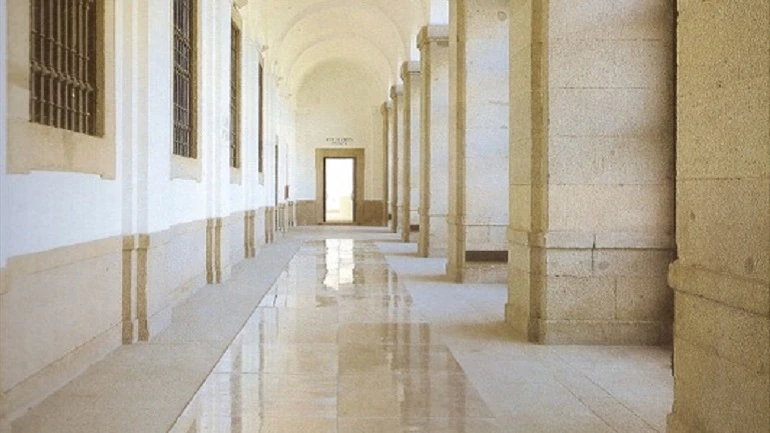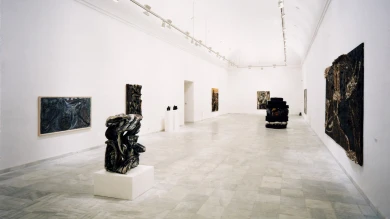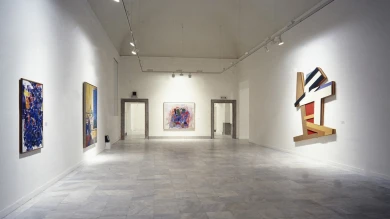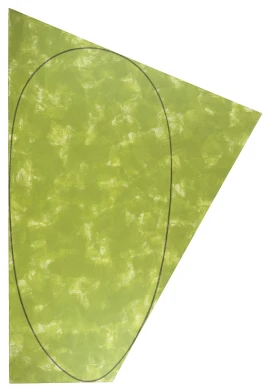Minimal Art from the Panza Collection

With links to neo-positivism movements around at the time and the rise in semiotic studies, artists such as Donald Judd and Robert Morris erase the traces of subjectivity from their work and delve deeper into industrial mechanisms that encompass serial arrangements. Therefore, the conventions of language belonging to Western art give way to a new means of seeing artwork, whereby the viewer is called to the art object to acquire an experience that is in accordance with scale and the surrounding space.
This exhibition stems from the Italian collector Giuseppe Panza di Biumo's interest in this set of artists, who have formed part of his contemporary art collection from the time they began to develop their artistic output. The Panza Collection starts in the middle of the Fifties with the work of Antoni Tàpies and boasts numerous works that represent American Abstract Expressionism, Conceptual Art, Minimalism and Post-minimalism. The fact that eighty percent of the collection, spanning from 1956 to 1976, is made up of American Artists explains his fascination for the USA, the place where he believes the way of life of the technological and industrial era begins.
The appearance of sculpture and the essential light of minimalist artists takes precedent throughout the Panza Collection - its intention is always to eschew the ornament and the ephemeral in favour of the essential and the eternal. His taste for unique works and the great lengths he goes to in order to join a representative collection of work by his best-loved artists lead him to compose a collection, homogenous in its artistic language, with works that offset each other with an intelligible and fruitful dialogue.
The flawless symbiosis between Minimalist artists is appreciated in this exhibition, made up of fifty-five works by Carl André, Dan Flavin, Donald Judd, Robert Morris, Bruce Nauman and Richard Nonas. By fully taking into consideration the collector's concern for optimising the works in the same space - the cause of countless renovations to his eighteenth-century villa in Varese - the exhibition spaces in the Centro de Arte Reina Sofía have been meticulously and perfectly adapted to the Minimalist creations.
A work in aluminium realised by Carl André in 1967 and laid out in the form of a ceremonial carpet opens an exhibit that also includes fourteen works by Dan Flavin, for instance Green Crossing Green (To Piet Mondrian Who Lacked Green) from 1966 and An Artificial Barrier of Blue, Red and Blue Fluorescent Light (to Flavin Starbuck Judd) from 1968.
Donald Judd uses aluminium, plywood, brass, copper and steel materials in the works in this exhibition, which include Eight Hot Rolled Steel Boxes (1974) and Straight Single Tube (1974), while Bruce Nauman is represented with six works from 1968 to 1980, for instance the installation Yellow Room (Triangular) (1973) and None Sing Neon Sign (1970), and Robert Morris, one of the artists with the greatest number of works in the collection, features with large-scale pieces such as Untitled (Steel plate on granite column) (1969) and Untitled (Square Donut) (1968).
The hallways of the Centro de Arte join the exhibition space to house the work of Carl André from 1968, made up of six steel units, as well as the stunning ceiling installation Pink and Yellow Light Corridor (Variable lights) (1972) by Bruce Nauman and Robert Morris' sculpture Untitled (Five Timbers) (1969) and the six-metre long work representing Richard Nonas' only piece in the exhibition, Fresno Shortline (1974).
This exhibition continues the Centro de Arte Reina Sofía's programme of exhibitions devoted to private collections after starting with the Colección Sonnabend. 25 años de selección y de actividad
(Sonnabend Collection. 25 Years of Selection and Activity) and continuing with the exhibition in parallel with the Panza Collection, Un siglo de escultura moderna. La colección de Patsy y Raymond Nasher (A Century of Modern Sculpture. The Raymond and Patsy Nasher Collection).
Artists
Organised by
Centro Nacional de Exposiciones
Image gallery





